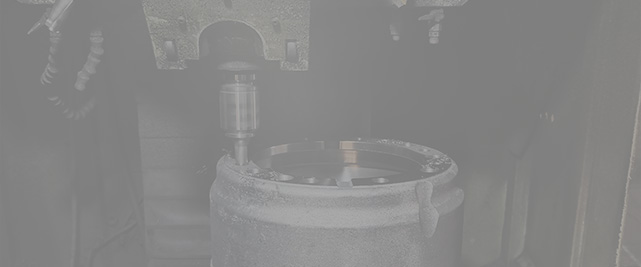9-р сар . 01, 2024 15:45 Back to list
brake drum adjusting
Understanding Brake Drum Adjusting A Comprehensive Guide
Brake drum adjusting is a critical aspect of vehicle maintenance that often goes overlooked by drivers. Properly adjusted brake drums can significantly enhance the braking performance of a vehicle, ensuring both safety and reliability. In this article, we will delve into the importance of brake drum adjusting, the process involved, and the signs that indicate your brake drums may need adjustment.
Importance of Brake Drum Adjusting
Brake drums are a key component of a vehicle's braking system, particularly in older vehicles that use drum brakes. Over time, as brakes wear down, the clearance between the brake shoes and the drum can increase, leading to a decrease in braking efficiency. When the space becomes too great, the brake shoes may not engage the drum correctly, resulting in longer stopping distances and potential safety hazards.
Regular adjustment of brake drums is essential for maintaining optimal performance. It ensures that the brake shoes make adequate contact with the drum, allowing for maximum braking power. Moreover, properly adjusted brakes can reduce excess wear on the braking components, minimizing maintenance costs and extending the lifespan of the brake system.
The Brake Drum Adjusting Process
Adjusting brake drums is a process that can vary slightly depending on the specific type of brake system in your vehicle
. However, the general steps include1. Preparation Before starting, it is vital to gather the necessary tools, such as a jack, lug wrench, and brake adjusting tool. Always ensure the vehicle is on a flat surface and secured with wheel chocks.
2. Removing the Wheel Use the lug wrench to remove the lug nuts and take off the wheel, exposing the brake drum.
3. Inspecting the Brake Components Before adjusting, take a moment to inspect the condition of the brake shoes and drum. Look for any signs of wear, such as uneven surfaces or significant wear on the brake shoes.
brake drum adjusting

4. Adjusting the Brake Shoes Most brake drums have an adjustment mechanism that can be accessed through a small opening in the backing plate. Using the brake adjusting tool, turn the adjusting wheel or star wheel to increase or decrease the distance between the brake shoes and drum. The goal is to create a slight drag when the drum is spun by hand, ensuring that the shoes are adequately positioned.
5. Reassembly Once the adjustment is complete, reinstall the drum and wheel. Securely tighten the lug nuts, and lower the vehicle with the jack.
6. Testing Finally, conduct a test drive to ensure that the brakes are functioning correctly. Pay attention to how the brakes perform during acceleration and stopping.
Signs That Brake Drums Need Adjustment
There are several indications that your brake drums may require adjustment. These include
- Unusual noises when braking, such as grinding or squeaking. - A longer stopping distance than usual. - The brake pedal feeling overly soft or spongy.
If you notice any of these symptoms, it may be time to check and adjust your brake drums.
Conclusion
Maintaining your vehicle's brake system is vital for safety and performance. Regular brake drum adjusting ensures that your brakes function as they should, providing peace of mind for all your driving adventures. If you are not comfortable performing this maintenance yourself, don’t hesitate to consult a professional mechanic. Remember, when it comes to brakes, it’s always better to be safe than sorry.
-
Durable Brake Drum MAZ for Heavy Duty Trucks | High Performance
NewsAug.26,2025
-
FUWA: Premium Quality, Reliable Performance & Innovative Solutions
NewsAug.25,2025
-
Liza Brake Drum: Superior Quality & Performance for Safe Driving
NewsAug.24,2025
-
Iveco Brake Drum | Premium OE Quality for Daily & Eurocargo
NewsAug.22,2025
-
Your Brake Drum Man: Quality & Performance Parts
NewsAug.21,2025
-
Explore Japan: Ultimate Travel Guide & Authentic Experiences
NewsAug.19,2025
